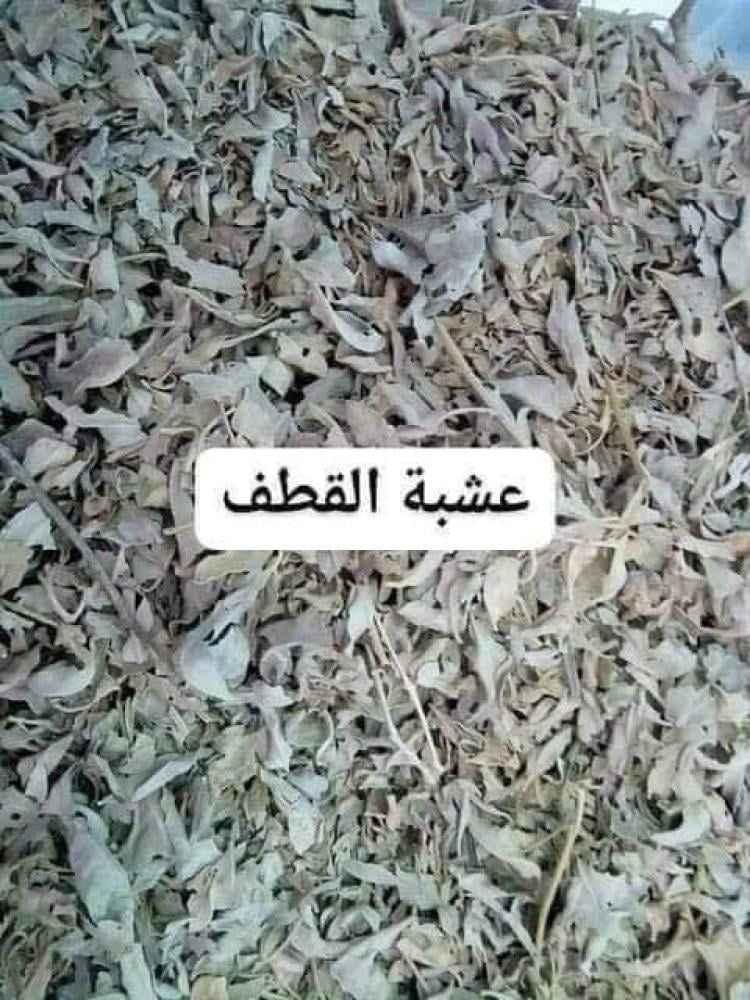Cattle (Suaeda spp.) is a desert plant belonging to the Chenopodiaceae family and is found in hot and dry climates, such as parts of the Middle East, North Africa and Asia. This herb is known by several names, including "cattle", "hashish" and "lichen", and is traditionally used in folk medicine to treat many health conditions. Here is an accurate description of this herb:
Weight 50 grams
1. Botanical form:
Plant: Cattle is a perennial or annual plant, which can reach a height of about 1 meter or more depending on the environment. It is considered a perennial plant that can withstand harsh conditions such as drought and salinity.
Leaves: The leaves are small in size, light green to gray in color. The leaves are narrow and long, and are often oblong or lanceolate in shape.
Flowers: Cattle blooms in summer or spring, producing small flowers that are usually colorless or pale green, and are clustered in the form of clusters or spikes. The flowers are very small and produce small seeds.
Fruit: The fruits are very small, and resemble the grains or seeds produced by flowers.
2. Chemical components:
The catnip herb contains a group of useful chemical compounds such as alkaloids, tannins, saponins, flavonoids, and volatile oils, which makes it used in many folk remedies.
It also contains mineral salts, such as potassium, which makes it able to adapt to saline land environments.
3. Medical uses:
Treatment of urinary tract disorders: Catnip is traditionally used to treat urinary tract problems, such as urinary tract infections and kidney stones.
Improving digestion: Catnip helps speed up the digestion process and relieves symptoms of bloating and gas.
Treatment of intestinal worms: Catnip is considered a worm repellent and is used in some areas to treat intestinal worms.
Treatment of skin diseases: Catnip is believed to have antibacterial and antifungal properties, which makes it useful in treating skin infections and skin diseases such as eczema.
It is used to treat uterine problems, ovarian cysts and fibroids.
4. Adaptable environment:
Qatf is a plant that tolerates dry and desert environments and is characterized by its ability to grow in salty lands. It grows naturally in areas with a hot and dry climate, and is usually found in coastal plains and salty lands.
In some places, Qatf is grown to improve desert agricultural lands and make them more fertile, as it can tolerate soil salinity and works to modify the agricultural environment.
5. Environmental and agricultural benefits:
Qatf plays an important role in stabilizing soil in desert areas, thanks to its roots that help resist erosion.
It is also used to improve the quality of groundwater in arid areas by absorbing excess salts from the soil.
. Precautions:
Qatf is safe to use when taken in moderate amounts as part of a folk remedy, but caution should be taken not to overuse it, as prolonged use causes fluid retention, which leads to swelling in the legs and fluids.
It is always advisable to consult a doctor or herbalist before using it in traditional medicine, especially if you are pregnant or breastfeeding or with patients suffering from chronic diseases.
. Available forms of use:
The leaves and roots of the catnip are used to prepare medicinal herbs or tea.
It is also possible to prepare a decoction of its leaves or use its extracts as a topical treatment for some skin diseases.
The catnip herb is a desert plant with multiple benefits in folk medicine, and is used for a variety of health purposes.




